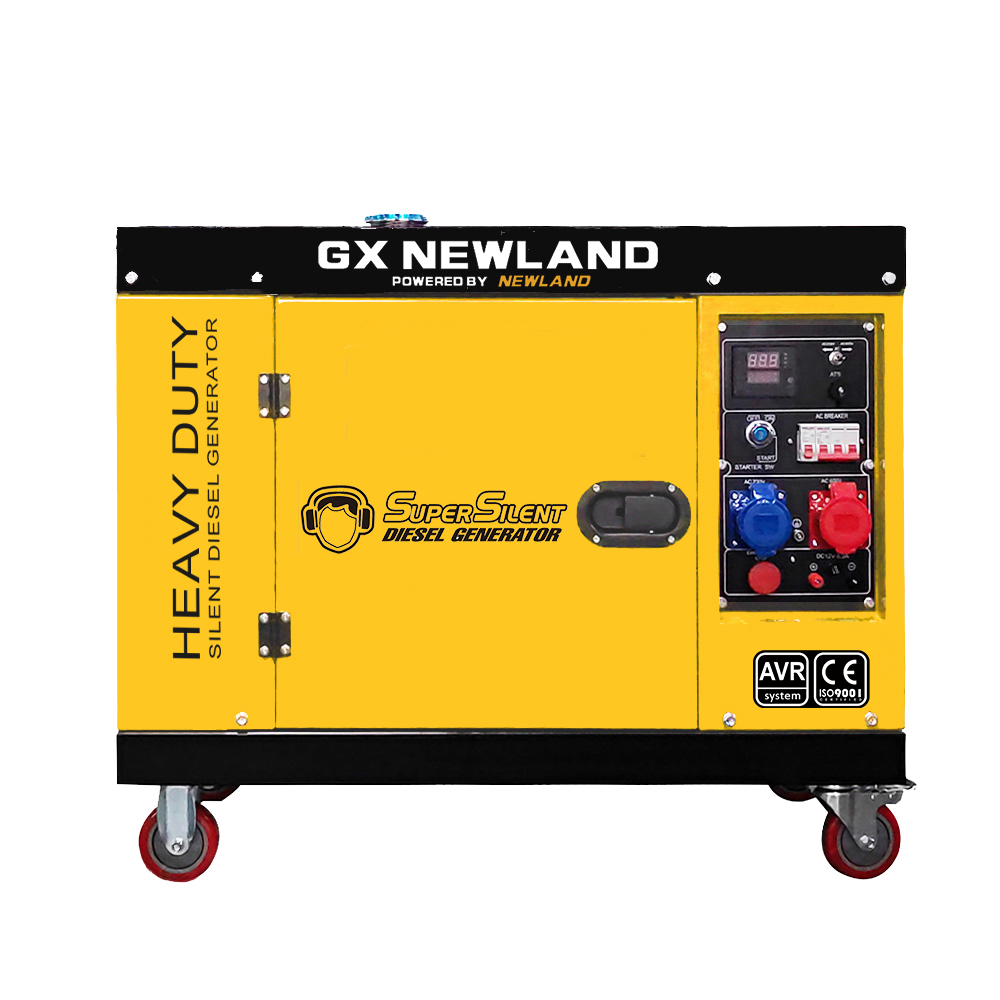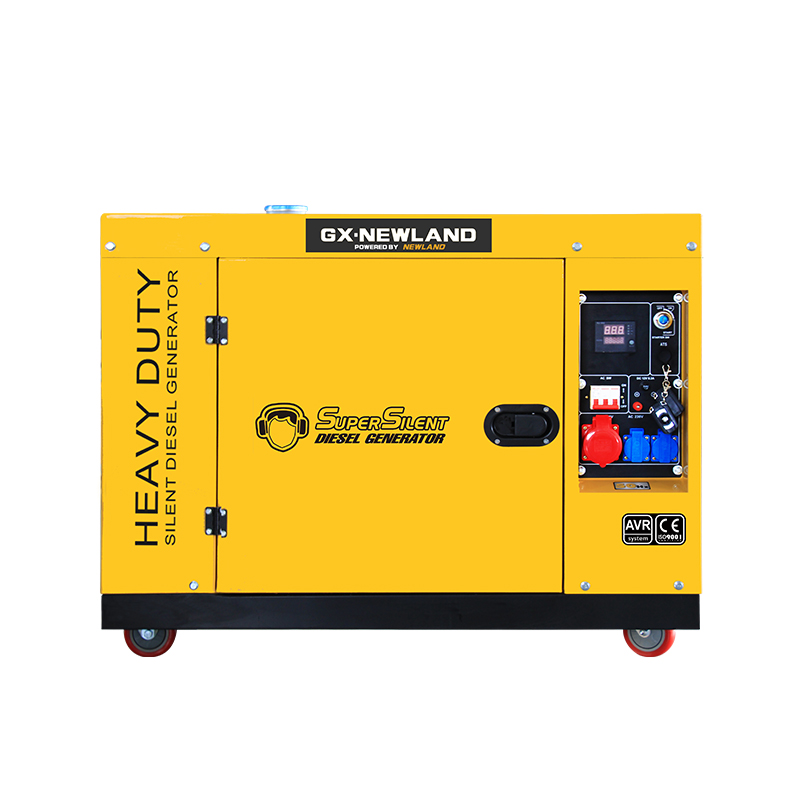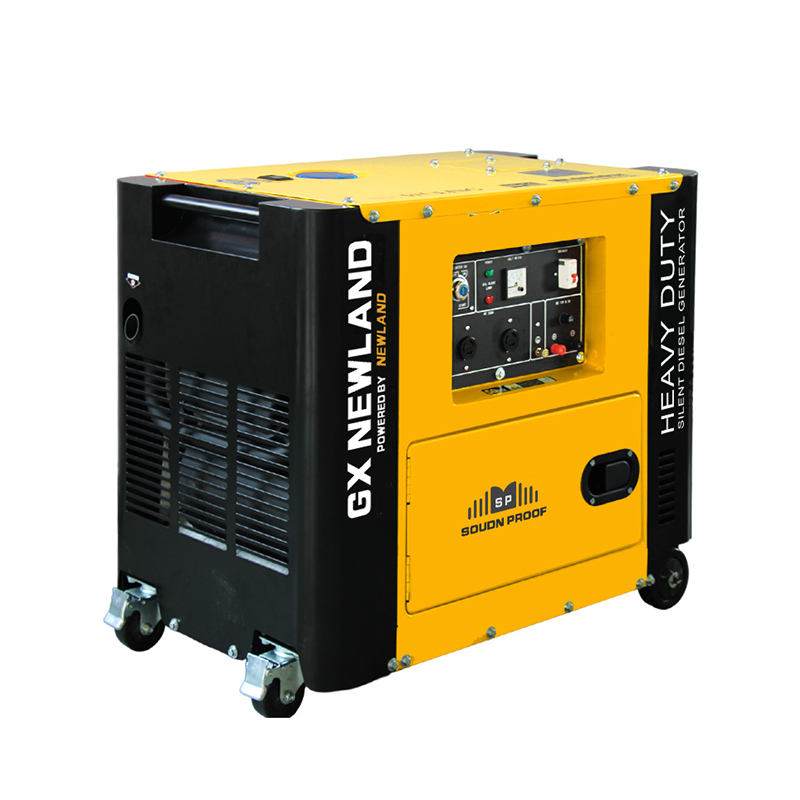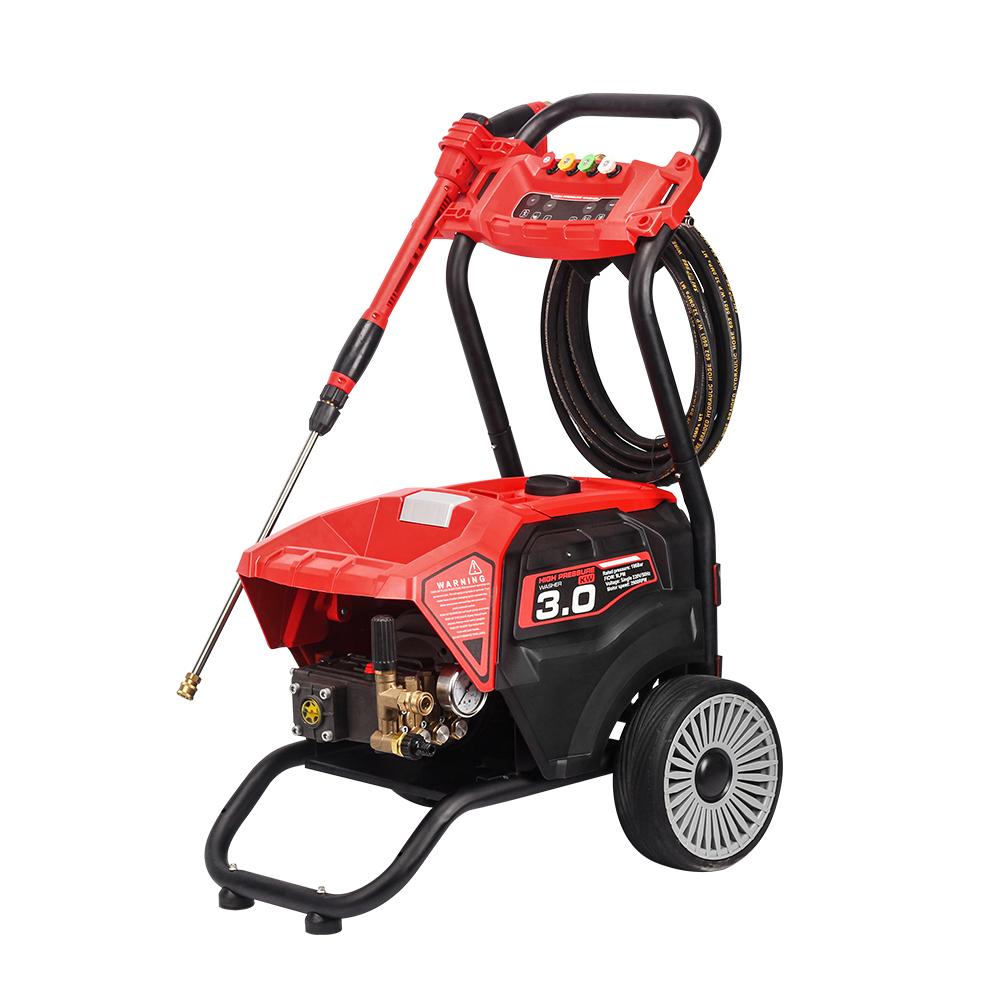1. Regularly check the working status of the various parts of the high-pressure cleaner, whether the screws are loose, whether they are in good condition, and ensure that there are no faulty parts in use.
2. Use pure tap water to supply water to the high pressure washer, and strictly prohibit sand and other impurities in the water. Frequently flush the limescale deposits in the intake pipe.
3. Implement strict switching procedures, turn off the hot water first, and continue flushing until the equipment is completely cooled before turning off the cold water.
4. Regularly check the various valves, joints and high-pressure water guns and other parts of the high-pressure cleaner.
5. Regularly removing fuel deposits from the fuel tank will prolong the life and performance of the engine. Fuel deposits can cause damage to fuel lines, fuel filters and carburetors.
6. Due to working in a high-pressure environment, the wear of the high-pressure nozzle is inevitable, so it must be replaced in time. Properly lowering the pressure can prolong the service life of the nozzle and high-pressure pipeline.
7. Check the power equipment every day to ensure the normal supply of fuel, oil, medium and cooling water.
8. Check the pump before supplying water to ensure a certain water pressure and flow rate. There is no rust in the water tank. The filter needs to be checked regularly to ensure that there is no blockage and damage. Strictly prevent solid particles from entering the pump and nozzle with the water pipe. The filter screen should be consistent with the water quality. meet the requirements.
9. Before using the high-pressure cleaner for cleaning operations, it is necessary to check whether there is wire breakage or wear on the outside of the high-pressure pipe.
10. After the cleaning operation is complete, rinse the hoses and filters that access the detergent to remove any detergent residue to prevent corrosion.

 英语
英语 中文简体
中文简体 俄语
俄语












